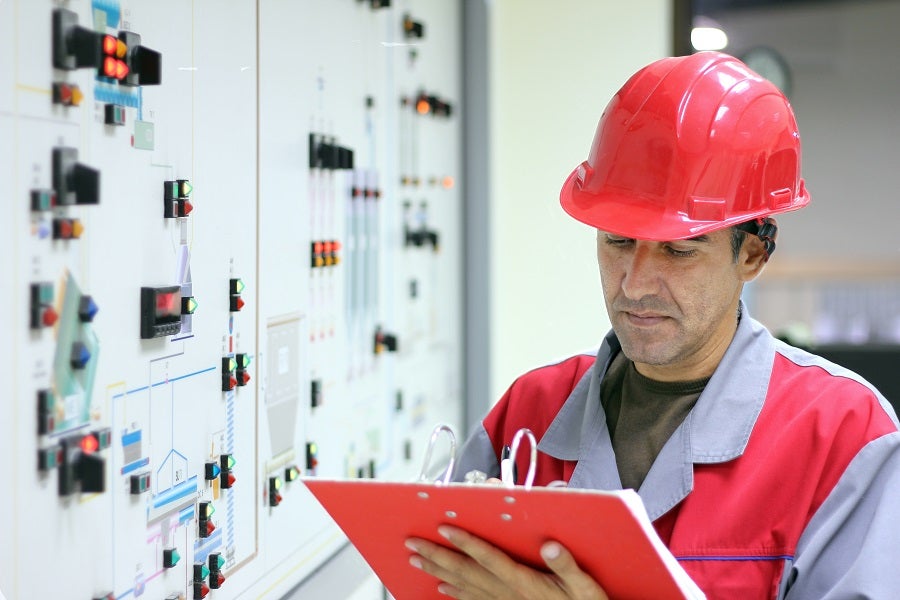|
If you would like to find out more about FDI and hear some of the region’s success stories, why not join the IDB’s free, online course Foreign Direct Investment As a Driver for Development in Latin America and the Caribbean (course in Spanish), which begins on March 15, 2018. Sign up here (link in Spanish) and we’ll see you on March 15. |
Over the last 20 years, foreign direct investment (FDI) in Latin America and the Caribbean (LAC) has increased six-fold. Multinational corporations (MNCs) invest an average US$170 billion per year in the region, which represents 11% of global FDI flows. How does FDI affect the countries that receive it? What are LAC countries doing to attract investment and take maximum advantage of it?
The Effects of Foreign Investment
The most visible effects of FDI are greater economic growth and the creation of higher-quality jobs (MNCs are 15% more productive than domestic exporter firms and 60% more than domestic non-exporter firms). However, some of the most significant benefits of FDI are indirect. Technology transfer takes place, for instance, when business people or workers at a franchise of a multinational coffee chain acquire the knowledge implicit in the franchiser’s management and production processes. After a time, they can stop working at the franchise and open their own coffee shops or other businesses and employ people to whom they will teach these processes. Their employees will benefit from this new knowledge and can take it with them if they go to work at other coffee shops or in other related sectors (the food and drink, hotel and tourism industries, for example). FDI thus indirectly increases the productivity and competitiveness of the recipient country’s economy through demonstration effects and labor mobility (link in Spanish).
When the entry of MNCs into a market increases demand for intermediate inputs for a final product, another sort of effect occurs. Local companies compete to do business with these MNCs, which increases not both the quantity and quality of the inputs they produce. MNCs aren’t the only ones that stand to gain from this: domestic companies using the same intermediate goods also benefit from the availability of a variety of higher quality inputs that were previously available.
Companies may also benefit from their physical proximity to one another, which facilitates the development of specialized intermediate products. Likewise, linkages with local suppliers and purchasers create additional incentives for companies to set up operations close to one another, which feeds into a virtuous circle of investment and productivity. One example of this sort of productive agglomeration (which is also known as clustering) is the high concentration of local companies that supply goods and services to the international vehicle manufacturers in the Mexican state of Puebla (link in Spanish).
How Are LAC Countries Taking Advantage of FDI?
To take maximum advantage of these potential benefits, LAC countries are fine-tuning their FDI policies to bring these in line with their national development goals and maximize the positive impact of FDI. For example, through its scientific and technological research centers, the Start-Up Chile entrepreneurship initiative and other similar programs, Chile has been seeking to foster innovation through FDI. Similarly, when Costa Rica managed to attract significant investment from Intel in 1997 following a careful, strategic investment attraction process, both sides made mutually advantageous commitments: Intel helped to finance Costa Rica’s energy infrastructure and in return the Costa Rican government lowered the cost of electricity for high-consumption users like the company. Intel’s presence in Costa Rica prompted other MNCs (link in Spanish) to view the country as a safe place to invest, which helped it attract more FDI in cutting-edge technology in the following years. These examples show that FDI policies that are designed to achieve strategic objectives can benefit a country. Although Intel has since shut down its production plant in Costa Rica, it continues to operate an R&D lab there that employs 1900 highly skilled workers in the fields of engineering, information technology, finances, human resources, and marketing.
Other countries in the region are also taking a proactive approach to strengthening their investment attraction agencies. Uruguay (link in Spanish) is implementing a skills development program for its FDI agency with support from an IDB loan. Likewise, with support from the IDB’s Regional Public Goods Initiative, the Caribbean Association of Investment Promotion Agencies (CAIPA) has developed online tools such as data visualizations that map investment opportunities. These programs are complemented by other activities such as business forums and the ConnectAmericas platform, the region’s largest business network, which brings together companies, suppliers, customers, and investors from LAC and other parts of the world who are interested in investing in the region.
Want to Find Out More?
In addition to the obvious effects of FDI on economic growth and employment, its indirect effects also contribute to its role as a driver for development. The use of proactive investment attraction policies that are in line with national development goals can lead to FDI having a positive, sustainable impact on LAC.


Leave a Reply